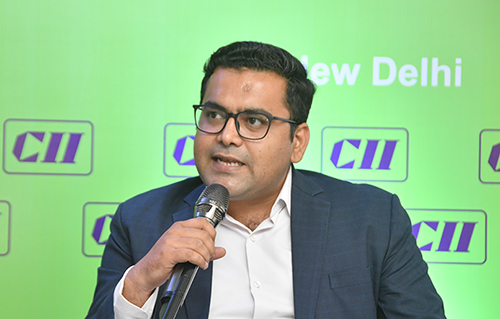Even the most effective risk management strategies require regular reviews since thoughtful and informed planning necessarily changes with evolving risks, environments, trading circumstances and other external factors.
Whether you are responsible for reverse logistics risk management or defining the types of risk management policies most appropriate for your organization, regular monitoring, appraisals, and reviews are essential.
In the same way that a business might evaluate staffing policies every year, the importance of high-level risk management isn’t something that remains static over time–and there are several ways to deploy a systematic review structure to ensure your plans remain relevant.
The Importance of Monitoring in Risk Management
Monitoring processes will naturally vary between businesses and sectors. Still, some steps apply in most scenarios, such as developing a risk register to keep track of ongoing risks.
The initial risk management strategy and assessment process is the starting point, where an organization identifies potential issues or unavoidable challenges and then determines how best to address, mitigate, avoid, or handle those risks to prevent negative outcomes.
Next, we’ll run through some key strategies that may be beneficial in long-term monitoring and appraisal processes.
Introducing a Risk Register
A risk register is a live, active document or database where you store information relating to every risk that arises, including:
- The calculated level of risk and urgency
- The priority of the response or action taken
- The details of what the appropriate response should consist of
Many risk professionals advocate for a classification system built into your risk register, which assists with accessibility and streamlined monitoring. For example, you might include operational risks such as downtime or outages, financial risks related to overspending or cash flow issues, or IT risks linked to data breaches or cybersecurity attacks.
Creating a risk register is constructive, but you must also determine responsibility for updating the register, adding contextual information or reports, and inserting new risks for ongoing monitoring. There should be clear responsibility for risk management logged in the risk register, avoiding any doubt about who is assigned to oversee each risk as part of the broader risk management plan.
Defining Triggers That Prompt a Risk Planning Review
Relying on managers or leadership teams to review risk management plans on an ad hoc basis almost inevitably means that monitoring is inconsistent or ineffective. Instead, your risk planning should explain those conditions or scenarios that necessitate a risk management review and the level of urgency.
Monitoring provides proactivity, where you can see that a protocol needs to be revised or has become irrelevant rather than waiting for a risk to emerge without suitable safeguards.
Scheduling New Risk Analyses
Another tactic is to ensure you have a prescribed program that incorporates scanning and assessments of any new potential risks, which commonly arise as a business grows, evolves, and expands into new areas.
Risk managers can be assigned specific projects, departments, or work schedules and be tasked with a new risk analysis scan or evaluation prompted at a certain stage in developing a project or introducing a new product.
Regular Risk Control Audits
For risk management to be effective, the protocols and systematic approaches deployed to manage a risk need to be continually refined based on forecasting, data, past events and changing environments. Audits are useful in many ways in determining how an incident unfolded, how effective risk controls were in mitigating the impact, and where changes could improve the outcomes in the future.
A risk management audit works as a failsafe. It can be implemented regardless of whether any real-world risks have occurred, but ensure that the risk register is up to date and that all the processes and protocols within your risk management plan are still relevant, useful, and sufficient.






disqus comments